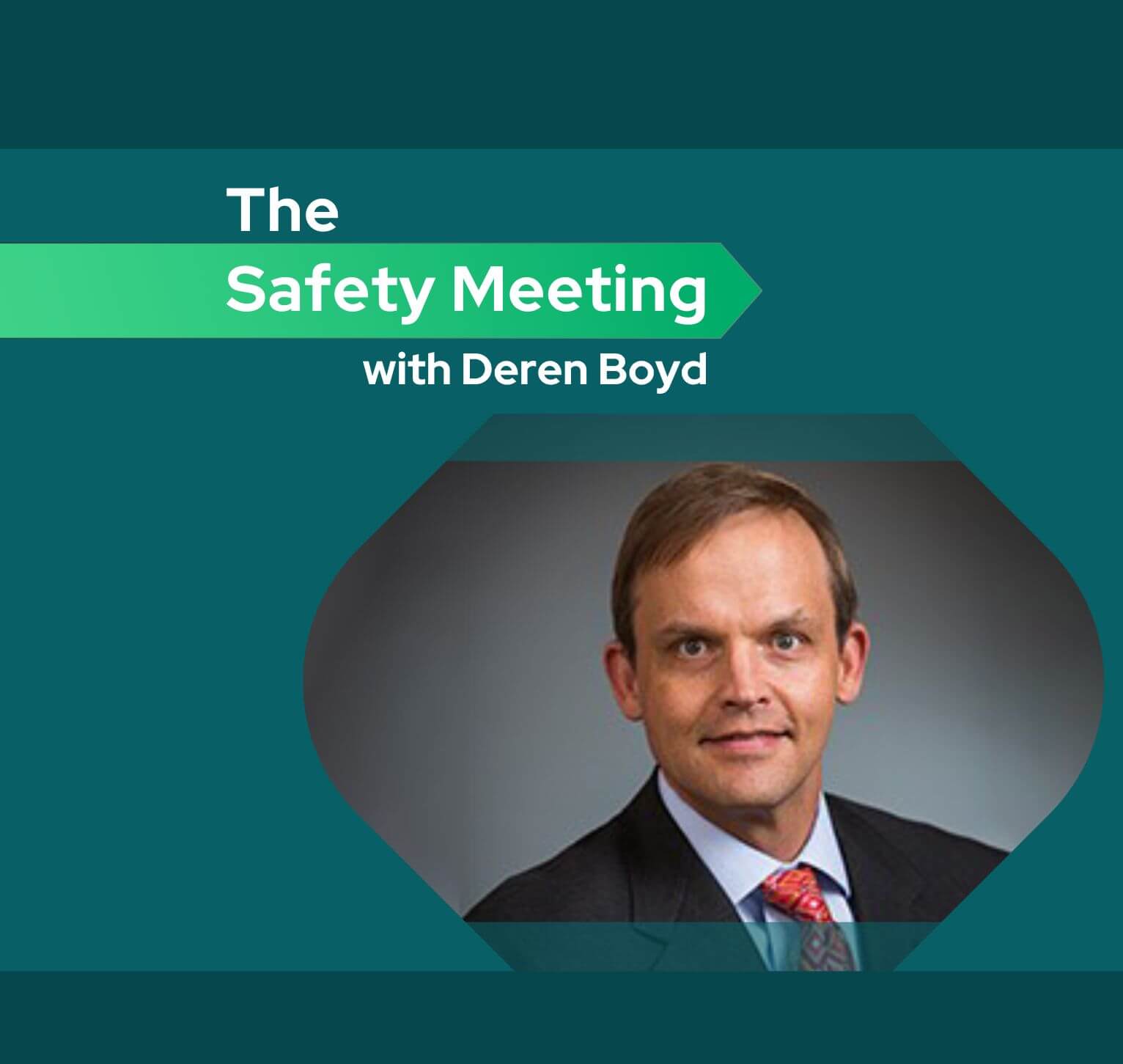TCOR: How to Use it to Save Money and Keep Your Employees Safe
Who knew that safety could include such an alphabet soup of acronyms?!? From the numerous regulatory bodies responsible for keeping folks safe (think OSHA, MSHA, EPA, DOT, and a host of others…to the actual name of the occupation…is it EHS? EH&S? Or maybe SHE? Or one more emerging one…EHS+S!)
I digress…I’ve got one more important acronym to add to your vocabulary: TCOR
TCOR is an acronym that stands for Total Cost of Risk
The Total Cost of Risk (TCOR) is a safety management approach that helps organizations in recognizing, evaluating, and decreasing risks in the workplace. It includes various techniques to ensure employee safety and minimize expenses related to job-related injuries and illnesses.
TCOR is designed to help organizations create a safe work environment for their staff and limit the financial losses due to unexpected events.
What Gets Measured Gets Managed
Total Cost of Risk is an objective, quantitative measure of risk management performance. It’s an equation that captures the total cost of self-retained losses, risk management, administration expenses, and insurance premiums. It’s often converted to a percentage of an operating value, which is typically measured against revenue.
TCOR typically consists of the following categories.
- Insurance Premiums
- Direct Loss Costs – all self-insured or un-insured losses retained by the organization
- Indirect Loss Costs – all losses associated with lower profits or productivity
- Risk Management Administration Expenses – including both internal and external expenses
“The TCOR is an equation that captures the total cost of self-retained losses, risk management administration expenses (internal and external) and insurance premiums. TCOR is often converted to a percentage of an operating value, typically revenue. It enables you to normalize the data for benchmarking your corporation from year to year, including benchmarking your various business units,” according to the publication Smart Business.
Benchmarking Leads to Continuous Improvement
TCOR allows companies to compare their performance against industry standards and best practices, providing valuable insight into how well they are managing risks. Organizations need to understand this to benchmark how we compare to others in our industry.
It helps us answer questions like:
- What do our peers look like?
- How are we doing compared to everybody else?
Here’s an analogy for you: Think of an NBA team. Their record? Forty wins and ten losses. Is that a good or bad record? You can really only make a call when you look at where they stand compared to everybody else.
You want to look at how you compare against your peers, but you also want to look at how to improve, regardless of what everybody else is doing. It’s crucial for organizations to strive towards a culture with zero incidents while also comprehending the full cost of risk and all the elements involved in achieving continuous improvement.
KPA Helps You Measure What Matters
Understanding your total cost of risk is crucial for any organization seeking to manage risks effectively. By taking a quantitative and objective approach to measuring risk management performance, companies can determine the overall cost of risk and make informed decisions to mitigate potential losses.
KPA helps businesses take a data-driven approach to safety. KPA EHS simplifies data visualization and reporting, giving users easy access to actionable insights into their EHS program performance.


